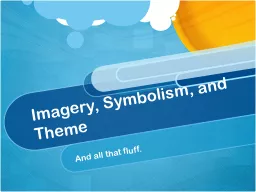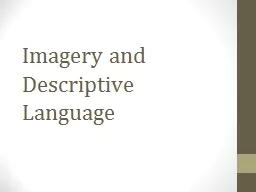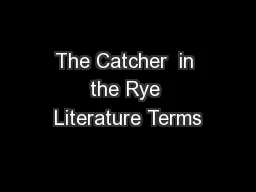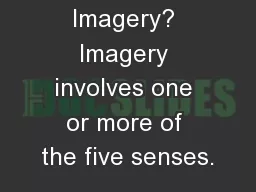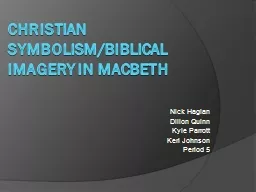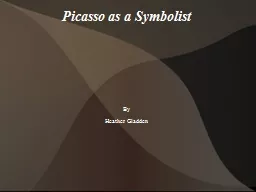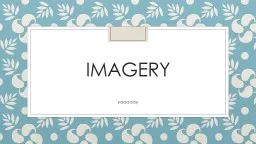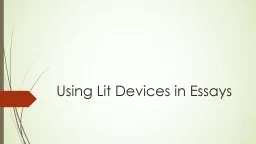PPT-Imagery, Symbolism, and Theme
Author : jane-oiler | Published Date : 2015-11-25
And all that fluff Imagery So what is imagery Imagery is the picture the author creates in your mind Its why our favorite books are so interesting We can see it
Presentation Embed Code
Download Presentation
Download Presentation The PPT/PDF document "Imagery, Symbolism, and Theme" is the property of its rightful owner. Permission is granted to download and print the materials on this website for personal, non-commercial use only, and to display it on your personal computer provided you do not modify the materials and that you retain all copyright notices contained in the materials. By downloading content from our website, you accept the terms of this agreement.
Imagery, Symbolism, and Theme: Transcript
Download Rules Of Document
"Imagery, Symbolism, and Theme"The content belongs to its owner. You may download and print it for personal use, without modification, and keep all copyright notices. By downloading, you agree to these terms.
Related Documents

